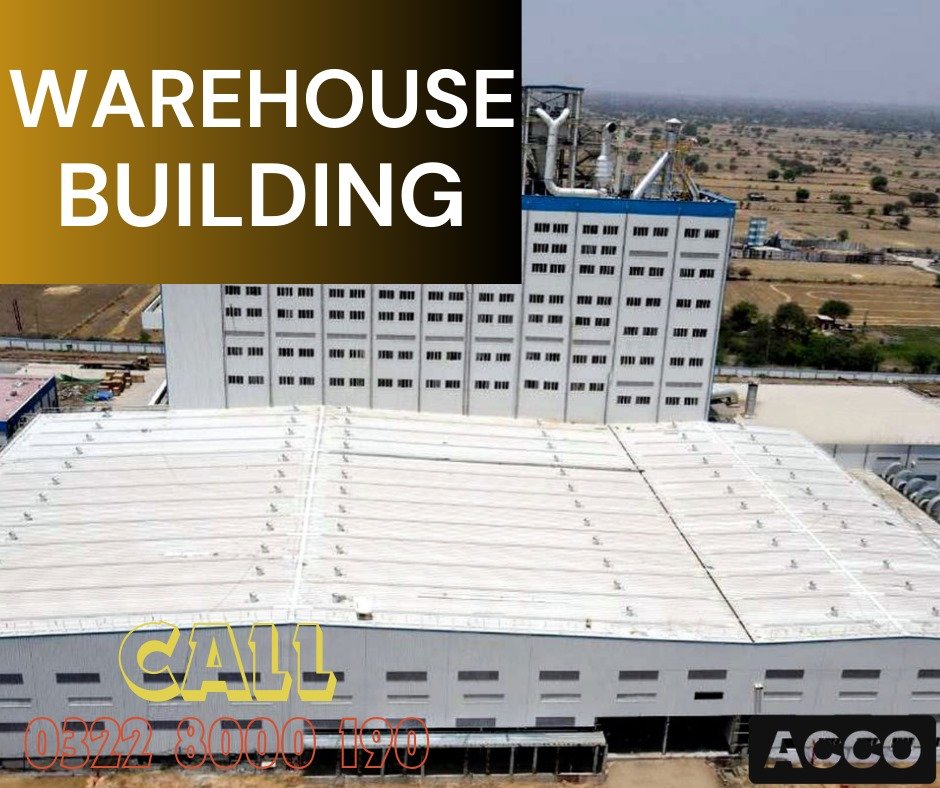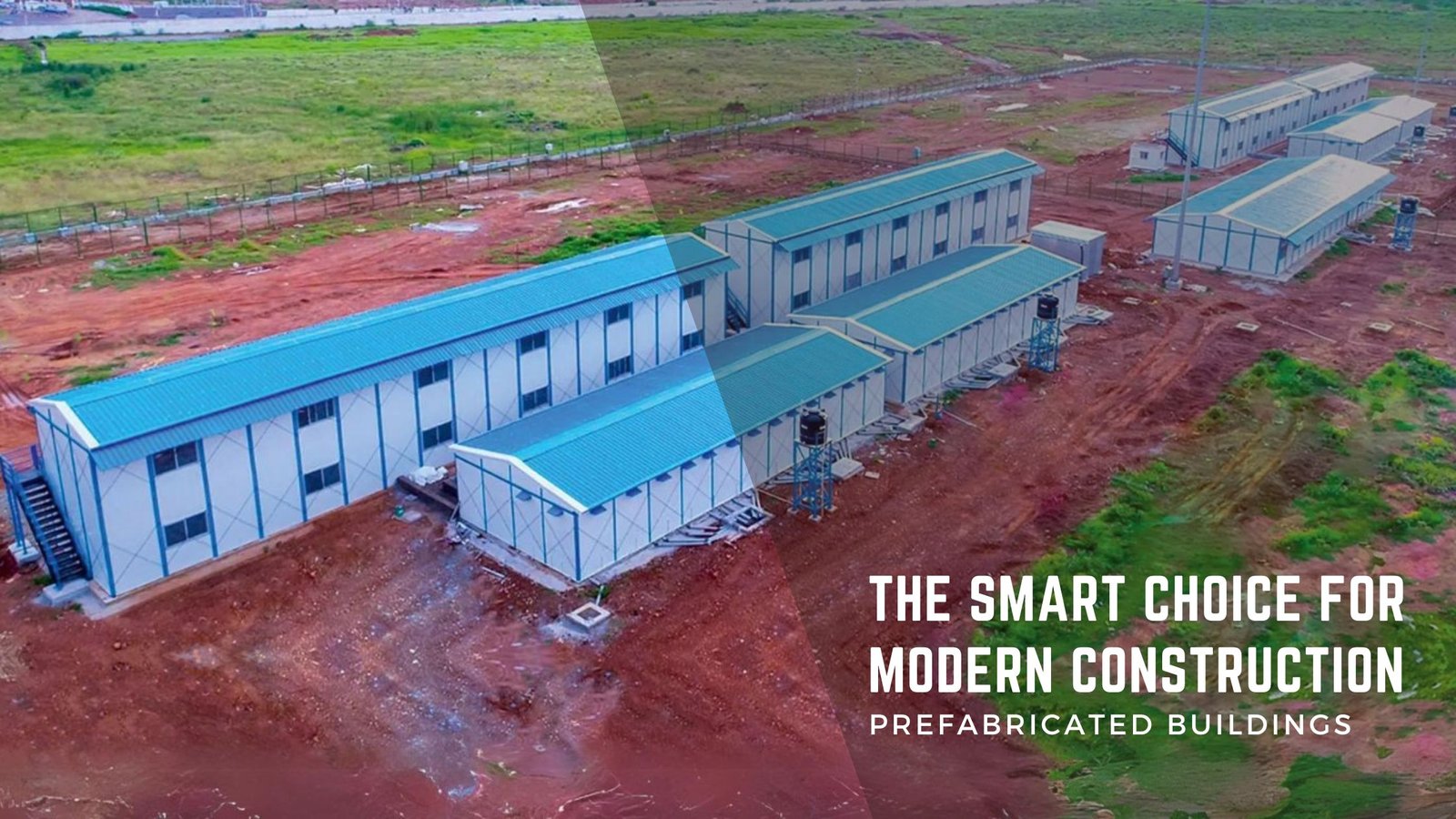
Exploring the Benefits of Pre-engineered Steel Buildings in Pakistan

Outline of the Article
- Introduction to Pre-engineered Steel Buildings
- Advantages of Pre-engineered Steel Buildings
- Cost-effectiveness
- Durability
- Quick Construction
- Customization
- Energy Efficiency
- Applications of Pre-engineered Steel Buildings
- Industrial
- Commercial
- Agricultural
- Environmental Benefits
- Case Studies: Successful Implementations in Pakistan
- Challenges and Solutions
- Future Outlook
- Conclusion
- FAQs
Exploring the Benefits of Pre-engineered Steel Buildings in Pakistan
If you have ChatGPT 4, then try this: https://bit.ly/Jumma_GPTs
Introduction to Pre-engineered Steel Buildings
In recent years, the construction industry in Pakistan has witnessed a significant shift towards pre-engineered steel buildings (PEBs). These structures, composed of steel frames fabricated off-site and assembled on-site, have gained immense popularity due to their numerous advantages over traditional construction methods.
Advantages of Pre-engineered Steel Buildings
Cost-effectiveness
One of the primary benefits of PEBs is their cost-effectiveness. The streamlined manufacturing process and ease of assembly result in reduced construction time and labor costs. Additionally, steel is a highly durable material, minimizing maintenance expenses over the building’s lifespan.
Durability
Steel is renowned for its strength and resilience, making it an ideal choice for construction in Pakistan’s diverse climate conditions. Pre-engineered steel buildings can withstand harsh weather elements such as heavy rain, strong winds, and seismic activity, ensuring long-term structural integrity.
Quick Construction
Compared to traditional construction methods, PEBs offer significantly faster construction times. The prefabricated components are manufactured off-site and transported to the construction site for assembly, reducing on-site labor requirements and project timelines.
Customization
Pre-engineered steel buildings provide ample flexibility in design and customization. From the layout and size to architectural features and finishes, clients have the freedom to tailor the structure to their specific requirements and aesthetic preferences.
Energy Efficiency
Steel buildings can be designed to optimize energy efficiency, reducing operational costs and environmental impact. Features such as insulated panels, natural lighting solutions, and efficient HVAC systems contribute to lower energy consumption and sustainable building practices.
Applications of Pre-engineered Steel Buildings
Industrial
In Pakistan, PEBs are widely used for industrial applications, including factories, warehouses, and manufacturing facilities. The modular design allows for efficient space utilization and easy expansion to accommodate evolving business needs.
Commercial
From retail outlets to office complexes, pre-engineered steel buildings offer a versatile solution for commercial developments. The fast construction times enable businesses to minimize downtime and start operations sooner, enhancing overall productivity and profitability.
Agricultural
The agricultural sector in Pakistan benefits from the use of PEBs for farm storage facilities, livestock shelters, and processing plants. These structures provide reliable protection against environmental factors, safeguarding valuable crops and equipment.
Environmental Benefits
In addition to economic advantages, pre-engineered steel buildings offer significant environmental benefits. The sustainable nature of steel, coupled with efficient design practices, reduces resource consumption, waste generation, and carbon emissions associated with construction projects.
Case Studies: Successful Implementations in Pakistan
Several notable projects across Pakistan showcase the effectiveness and versatility of pre-engineered steel buildings. From large-scale industrial complexes to small-scale community facilities, these structures have demonstrated their reliability, durability, and cost-effectiveness in diverse applications.
Challenges and Solutions
Despite their numerous benefits, pre-engineered steel buildings may face challenges such as regulatory hurdles, site constraints, and material availability. However, proactive planning, stakeholder collaboration, and innovative solutions can overcome these obstacles and ensure successful project outcomes.
Future Outlook
The future of pre-engineered steel buildings in Pakistan appears promising, with growing demand driven by urbanization, industrialization, and infrastructure development. Continued advancements in technology, design, and sustainability will further enhance the appeal and viability of PEBs in the construction industry.
Conclusion
Pre-engineered steel buildings offer a multitude of benefits for construction projects in Pakistan, including cost-effectiveness, durability, quick construction, customization options, and energy efficiency. With diverse applications across industrial, commercial, and agricultural sectors, PEBs are poised to play a pivotal role in shaping the country’s built environment for years to come.
FAQs
Are pre-engineered steel buildings suitable for residential construction?
- While primarily used for commercial and industrial purposes, pre-engineered steel buildings can also be adapted for residential construction, offering durable and customizable housing solutions.
How do pre-engineered steel buildings compare to traditional construction methods in terms of sustainability?
- Pre-engineered steel buildings typically have a lower environmental impact than traditional construction methods due to efficient use of materials, reduced waste generation, and potential for recycling.
What factors should be considered when selecting a pre-engineered steel building supplier?
- When choosing a supplier for a pre-engineered steel building, factors such as experience, reputation, quality of materials, customization options, and after-sales support should be carefully evaluated.
Can pre-engineered steel buildings be expanded or modified after construction?
- Yes, one of the advantages of pre-engineered steel buildings is their flexibility for expansion or modification, allowing businesses to adapt to changing needs and requirements over time.
Are pre-engineered steel buildings suitable for areas prone to seismic activity?
- Yes, pre-engineered steel buildings can be designed to meet seismic codes and withstand seismic forces, making them suitable for construction in earthquake-prone regions.




